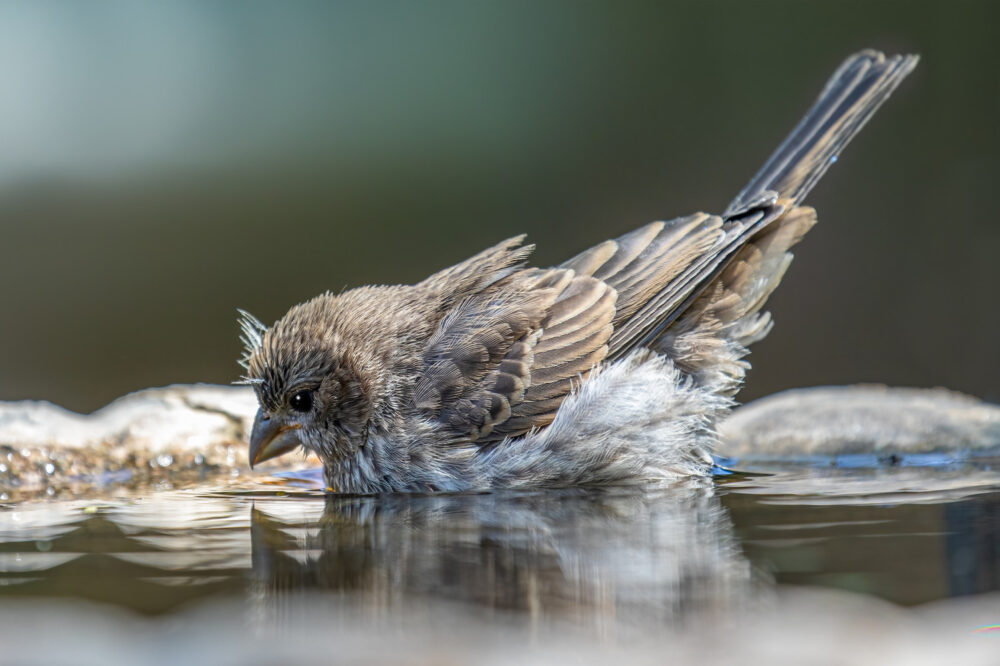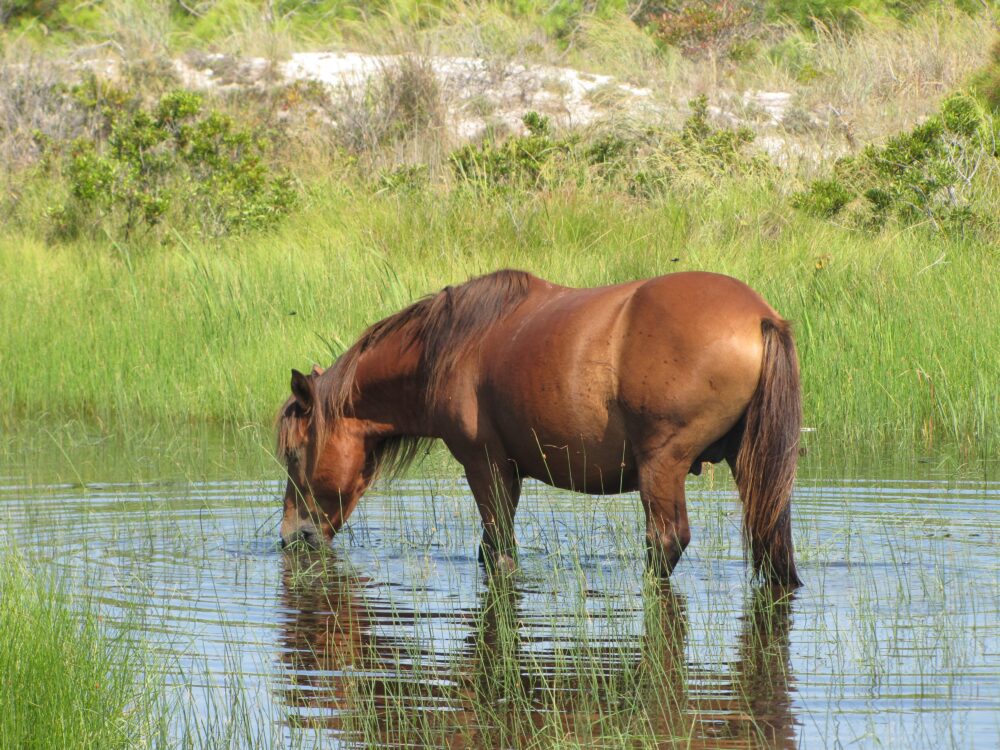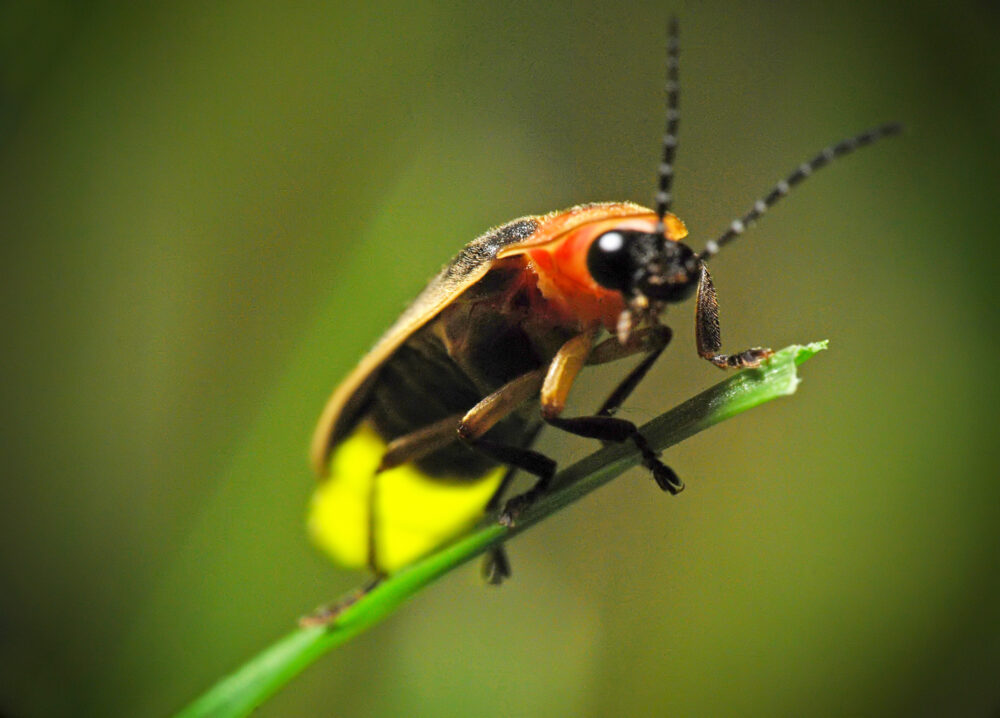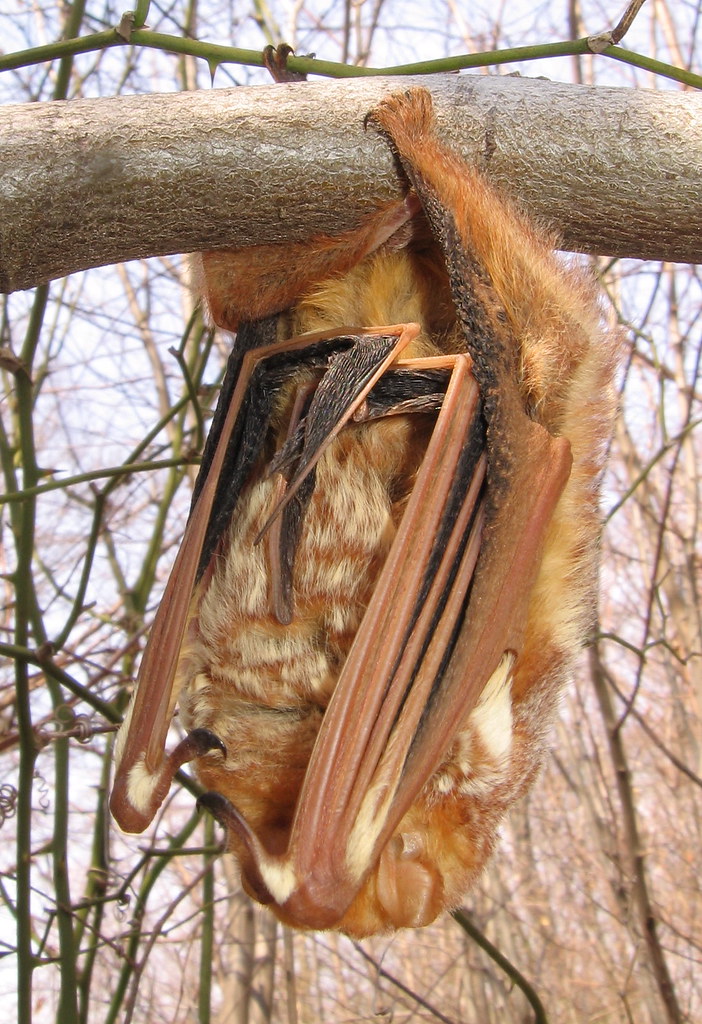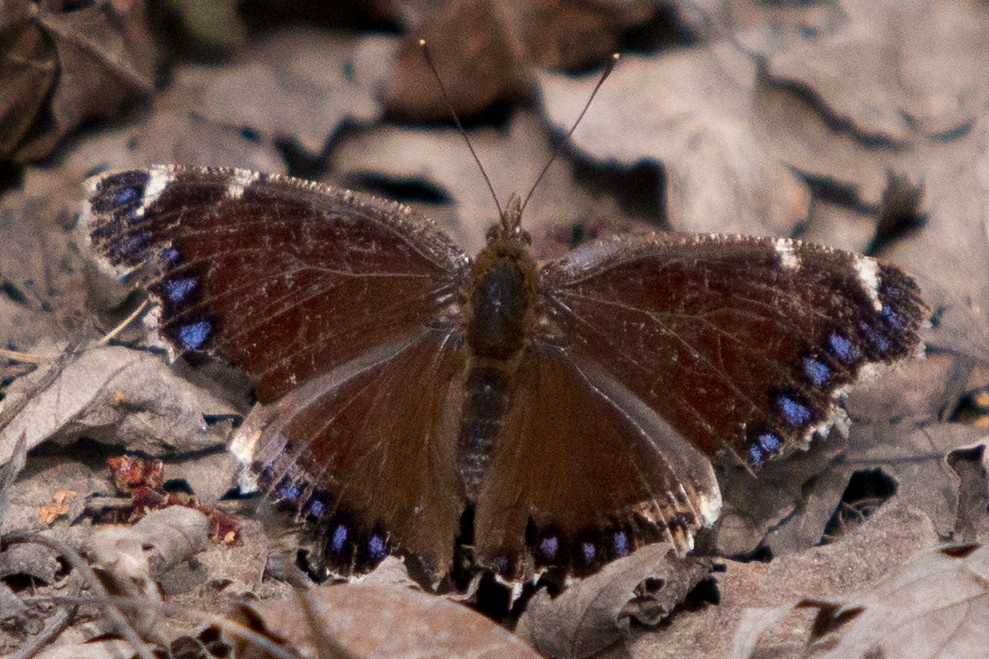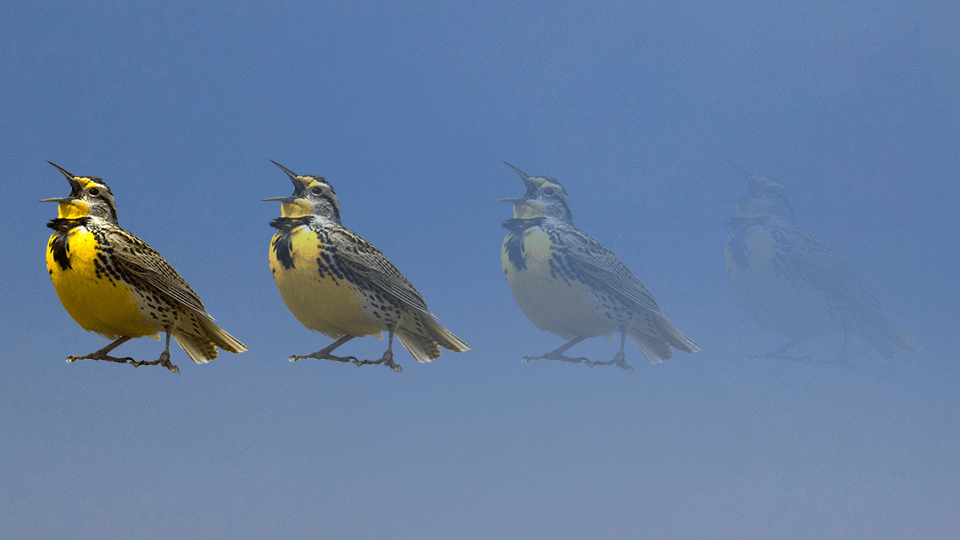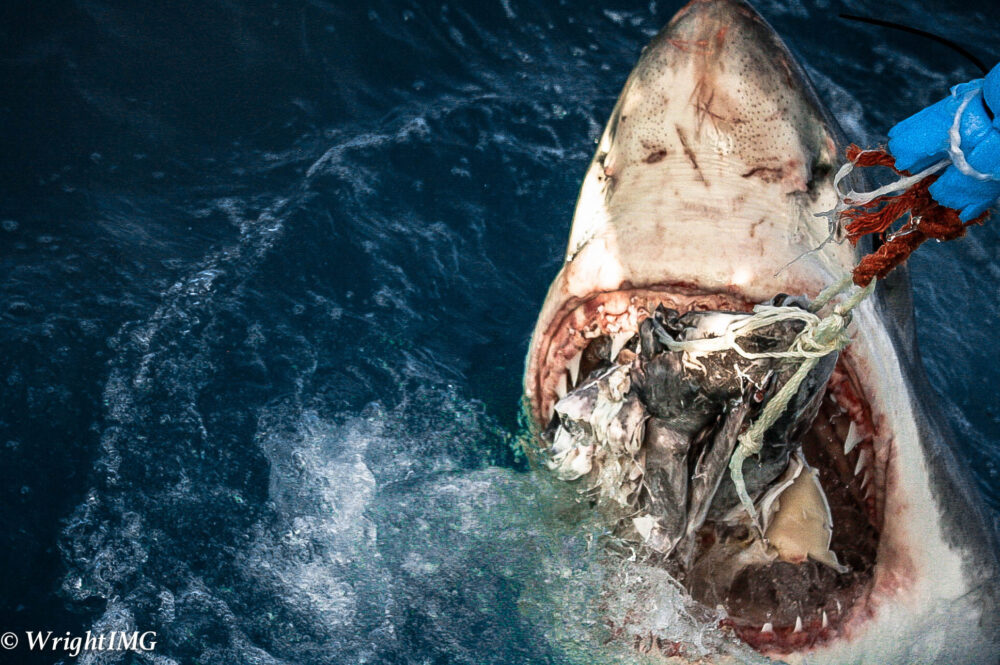We have much more to do and your continued support is needed now more than ever.
Gulf Dolphin Deaths Continue Alarming Trend
Dolphin deaths are slowing down in the Gulf of Mexico, but dolphins – including baby dolphins – are still dying at rates much higher than their historical averages.
Dr. Doug Inkley, the National Wildlife Federation’s senior scientist, issued a report called The Long Road to Recovery last month recommending continued observation of dolphin health in the Gulf of Mexico. Here’s Dr. Inkley’s review of the latest numbers:
The number of stranded dolphins in the Gulf is declining, as April had half as many deaths (34) as March (73). While it is good news that the rate is dropping, the bad news is that the April 2011 deaths were still triple the long-term average (11.5) for April.
The story is similar for baby dolphins – strandings (10) in April were less than half the March strandings (25), but still four times the long-term April average (2.2).
The National Oceanic & Atmospheric Association (NOAA) still has not released any information regarding the causes, and I doubt they will anytime soon. The samples take time to analyze, but NOAA has indicated they may hold back on release for legal reasons (although I don’t agree with them).
In short, it’s good that NOAA is releasing the numbers and that the situation is improving, but it is bad news that it remains worse than normal and that we don’t know why (or aren’t being told why).
While BP oil has been identified on some of the dead dolphins, the oil spill could also increase susceptibility to other factors, such as disease, and the unusually cold water off the Mississippi and Alabama coasts this winter.
Speak Up for Gulf Restoration
Please take a moment right now to ask your members of Congress to pass oil disaster response legislation that devotes fines and penalties to coastal wetlands restoration.
Learn more about the National Wildlife Federation’s response to the Gulf oil disaster at NWF.org/OilSpill.



